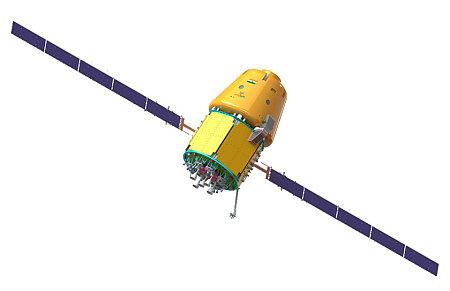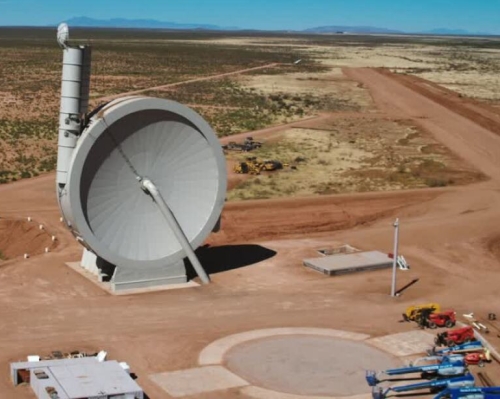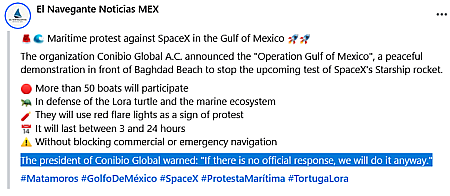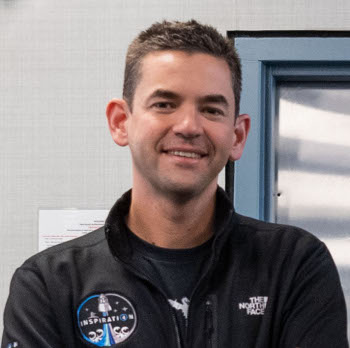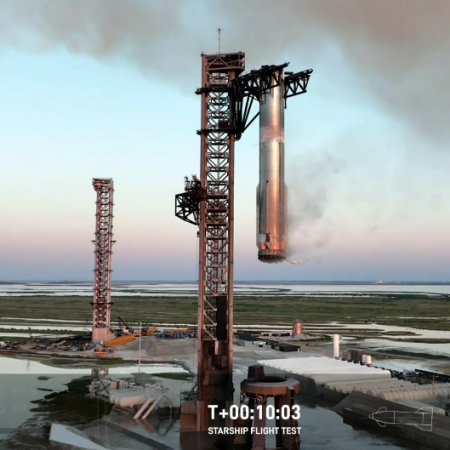SpaceX launches 28 more Starlink satellites while setting a new reuse record for a Falcon 9 1st stage
SpaceX earlier today launched another 28 Starlink satellites, its Falcon 9 rocket lifting off from the Kennedy Space Center in Florida.
The first stage completed its 30th flight, landing on a drone ship in the Atlantic. This is a new reuse record for a Falcon 9 first stage. At this moment only the space shuttles Discovery (39 flights) and Atlantis (33 flights) have flown more often.
The leaders in the 2025 launch race:
108 SpaceX
48 China
12 Rocket Lab
11 Russia
SpaceX now leads the rest of the world in successful launches, 108 to 84.
SpaceX earlier today launched another 28 Starlink satellites, its Falcon 9 rocket lifting off from the Kennedy Space Center in Florida.
The first stage completed its 30th flight, landing on a drone ship in the Atlantic. This is a new reuse record for a Falcon 9 first stage. At this moment only the space shuttles Discovery (39 flights) and Atlantis (33 flights) have flown more often.
The leaders in the 2025 launch race:
108 SpaceX
48 China
12 Rocket Lab
11 Russia
SpaceX now leads the rest of the world in successful launches, 108 to 84.


